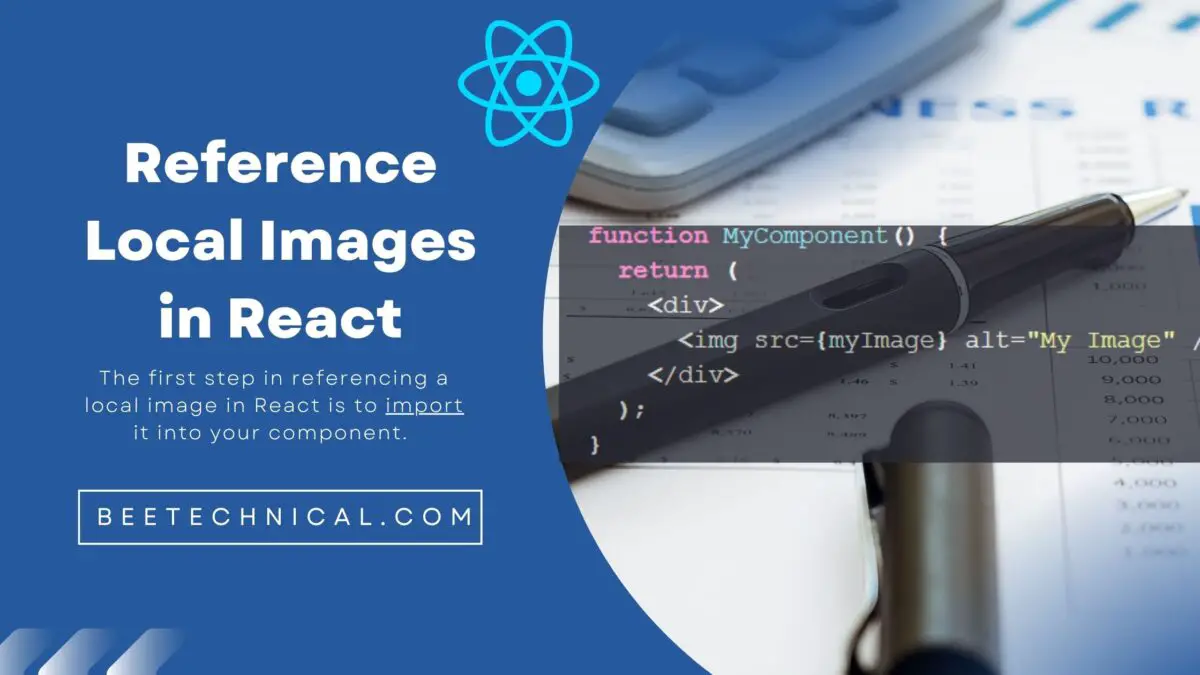What are compiler and interpreter and, and how are they different? Are there any significant distinctions between an interpreter and a compiler? The distinction between a compiler and an interpreter will be covered in this article.
Typically, a computer program is written in high-level languages that humans understand. So this contains various words and phrases that can be found in the English language (or in any other widespread language).

On the other hand, computers do not understand these languages, but they can comprehend a binary-coded program.
To produce a computer-readable program, we first write a program in a high-level language (source code), convert it into machine language, and then make it readable by a computer. The need for interpreters and compilers arises at precisely this time when it is most imperative.

What are Compilers?
Compilers are programs that convert programming languages into machine code, assembly language, or low-level languages. By converting each program into binary(1’s and 0’s), the computer can understand it and carry out the tasks corresponding to it.

Syntax of the programming language is one of the requirements of a compiler. Therefore, if the syntax in the program differs from the analysis of the compiler, there is an error that must be corrected manually.
Typically, a compiler performs these operations, usually referred to as phases: preprocessing, parsing, lexical analysis, semantic analysis (translation using a syntax-directed scheme), converting input programs into intermediate representations, code optimization, and code generation.
These phases are typically implemented by compilers as modular components, promoting efficient design and correct transformation of source input to target output. Compiler implementers invest significant effort into ensuring compiler correctness to avoid program faults caused by incorrect compiler behavior.
Role of a Compiler
- It provides an executable code by reading the source code.
- Machine-specific binary code will be used for the executable code.
- It takes time for the process to be analyzed and is relatively complex.
- Converts high-level programs into a language that the CPU can understand.
- A large part of the memory is consumed by the run-time.
Advantages of Compiler
- During a single run, a compiler translates the program
- The time it takes to complete it is less.
- There is a higher CPU utilization.
- Errors in both syntax and semantics can be detected simultaneously.
What is an Interpreter?
Interpreters are programs that convert program statements into machine code. Source code, pre-compiled code, and scripts are examples of program statements.
Interpreters typically use one of the following strategies to execute programs:
- Perform its behavior directly from the source code;
- Execute immediate execution of the intermediate representation or object code created from the source code;
- Implement a virtual machine for executing bytecode that was precompiled by a compiler and matched with the interpreter.
Several early versions of the Lisp programming language and the BASIC dialects of microcomputers and minicomputers would represent the first type of programming. The second type includes Perl, Raku, Python, MATLAB, and Ruby, while the third type includes UCSD Pascal.
In the case of JIT systems, once the source code has been compiled, it becomes machine-independent code, which is then linked at run time and executed by an interpreter or a compiler.
Several languages traditionally associated with compilation, such as Algol, Fortran, Cobol, C, and C++, have also been compiled to provide interpreters of various types.
Working as an Interpreter
The work of an interpreter is similar to that of a compiler. The only difference between the two is the interpreter does not produce intermediate code forms; it reads the program line by line and checks for errors, while simultaneously running the program.
Role of an Interpreter
- Program statements are translated into machine code, line by line.
- Due to its line-by-line analysis, a relatively short amount of time is spent on analysis.
- Programs can be modified while they are running.
- Every time the program is run, an analysis takes place, resulting in relatively slow execution.
Advantages of Interpreter
- Programs are translated line by line by an interpreter.
- Interpreters are smaller in size.
- Flexibility is its main characteristic.
- Localization of errors is easier.
- Implementing computer programming language constructs is facilitated by the interpreter.
Difference Between Compiler and Interpreter
| Compiler | Interpreter |
| A scan of the entire program is performed, which results in the program being translated into machine code as a whole. | It translates the program but it can do it one statement at a time. |
| Execution occurs only after the entire program has been compiled. | When each line of the program is evaluated, the program is executed and the error is raised line by line if any. |
| Programs that are compiled run faster. | Programs interpreted run slower. |
| Since no Object Code is generated, they are memory efficient. | It generates an Object Code that then requires linking, which requires more memory. |
| Compiled code or object code comes in intermediate form when it is compiled. | The interpreter generates no intermediate code form. |
| C, C++, C#, and Java are compiler-based programming languages. | PHP, PERL, and Ruby are interpreter-based programming languages. |
| When the compilation is completed, all errors are displayed and the program cannot run until the errors are resolved. | A line-by-line display of errors. Until the error is detected, the program proceeds to the next step of resolving it. |
| CPU utilization is more used for compiling. | As compared to the compiler, CPU utilization is lower. |
| During the run time, compilers cannot predict what will happen, making it very difficult to implement. | Dynamic typing is supported in the Interpreted language. |
| It creates the output of the program in the exe format. The user can run it independently of the original program. | The output program is not generated. Each time the program is run, the source program is evaluated. |
Conclusion
Here we have discussed the main difference between a compiler and an interpreter. To sum it up, compilers and interpreters function like ovens and induction stoves.
Similar to converting a programming language into a machine language, it does the same thing. However, it works differently. The use of each type of language depends on its purpose.








